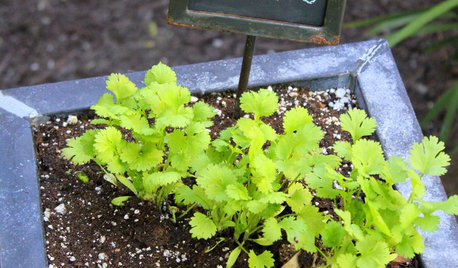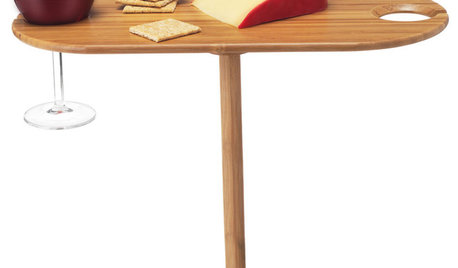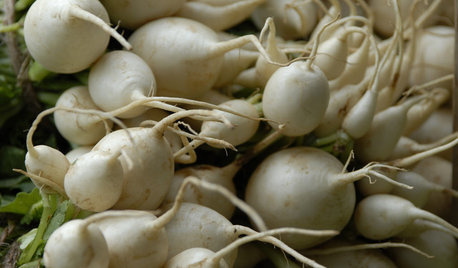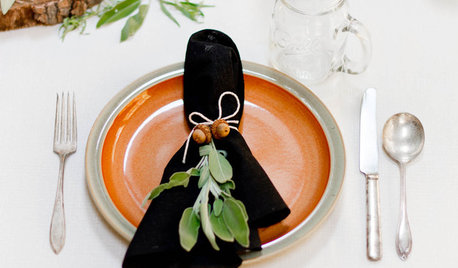cutting in a potato?
wobur
17 years ago
Featured Answer
Sort by:Oldest
Comments (18)
eldo1960
17 years agolast modified: 9 years agocalistoga_al ca 15 usda 9
17 years agolast modified: 9 years agoRelated Professionals
Allen Landscape Architects & Landscape Designers · Marco Island Landscape Architects & Landscape Designers · Middle Island Landscape Architects & Landscape Designers · Quincy Landscape Architects & Landscape Designers · Severn Landscape Architects & Landscape Designers · Belvedere Park Landscape Contractors · Concord Landscape Contractors · Glendale Heights Landscape Contractors · Haverhill Landscape Contractors · La Verne Landscape Contractors · Lake Worth Landscape Contractors · North Richland Hills Landscape Contractors · Ocoee Landscape Contractors · Paso Robles Landscape Contractors · Vadnais Heights Landscape Contractorswobur
17 years agolast modified: 9 years agoeldo1960
17 years agolast modified: 9 years agocalistoga_al ca 15 usda 9
17 years agolast modified: 9 years agonandina
17 years agolast modified: 9 years agowobur
17 years agolast modified: 9 years agobossjim1
17 years agolast modified: 9 years agonandina
17 years agolast modified: 9 years agoeldo1960
17 years agolast modified: 9 years agokatielovesdogs
17 years agolast modified: 9 years agoeldo1960
17 years agolast modified: 9 years agoalbert_135 39.17°N 119.76°W 4695ft.
17 years agolast modified: 9 years agothreekittygarden
17 years agolast modified: 9 years agokayjones
14 years agolast modified: 9 years agokayjones
14 years agolast modified: 9 years agoBryan Burke
3 years ago
Related Stories

COOL-SEASON CROPSCool-Season Vegetables: How to Grow Potatoes
This ever-popular tuber is a stalwart in spring and fall gardens and a staple in kitchens everywhere
Full Story
ACCESSORIESEasy Green: Cut Electricity Use With 15 Unplugged Home Devices
Crank up the energy savings, courtesy of household items that come into power the old-fashioned way: manually
Full Story
HANUKKAHDIY: Create a Nature-Inspired Hanging Calendar for Hanukkah
Eight small gifts wrapped in potato-print-stamped paper make a delightful and simple holiday project
Full Story
GARDENING GUIDESHerb Garden Essentials: Versatile Cilantro Adds Flavor to Herb Gardens
Love it or hate it, this cool-season herb contributes its unique flavor to any number or the world’s cuisines
Full Story
HEALTHY HOME12 Ways to Set Up Your Kitchen for Healthy Eating
Making smart food choices is easier when your kitchen is part of your support team
Full Story
LIFETo-Dos: Your October Home Checklist
It’s a great time to clean your gutters, swap out seasonal clothes and wallow in favorite fall traditions. What’s on your October list?
Full Story
SPRING GARDENINGSummer Crops: How to Grow Strawberries
Pluck your own sweet strawberries right from the garden vine for smoothies, salads or eating then and there
Full Story
DECORATING GUIDESSummer Picnic Essentials
Celebrate the Height of Summer with Stylish Picnic Accessories
Full Story
GARDENING GUIDESCool-Season Vegetables: How to Grow Turnips
Sweeter after a taste of frost, these often-overlooked root vegetables can be a surprisingly tasty part of your fall garden
Full Story0

Sponsored
Custom Craftsmanship & Construction Solutions in Franklin County
More Discussions






woburOriginal Author